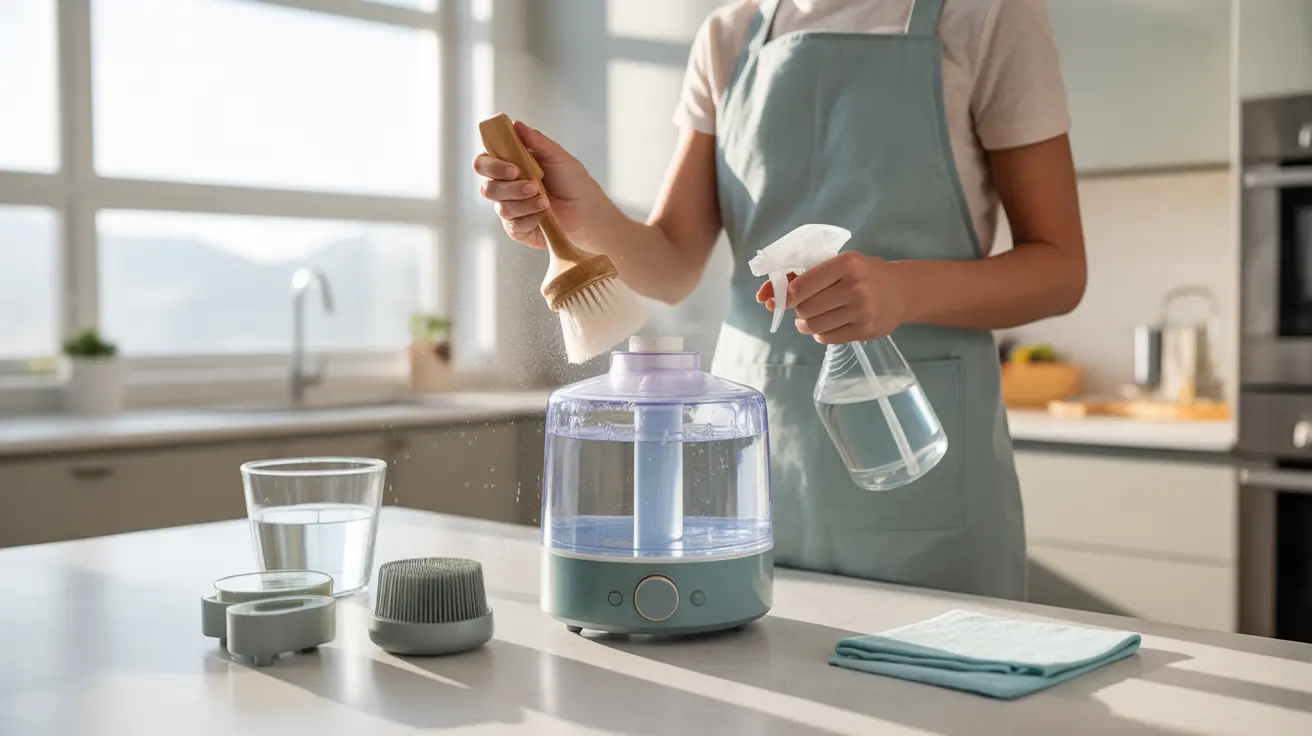Proper humidifier maintenance is crucial for ensuring clean, healthy air in your home while preventing potential health risks from bacterial and mold growth. Whether you're using your humidifier daily or seasonally, understanding how to care for it properly can make a significant difference in its performance and your indoor air quality.
This comprehensive guide will walk you through everything you need to know about maintaining your humidifier, from regular cleaning schedules to proper filter care and the importance of using the right water type.
Understanding the Importance of Regular Maintenance
Regular humidifier maintenance isn't just about keeping your device running efficiently—it's about protecting your health. A well-maintained humidifier can help alleviate dry air symptoms, while a neglected one can become a breeding ground for harmful microorganisms that could affect your respiratory health.
Daily and Weekly Maintenance Tasks
Daily Care Routine
Establish these simple daily habits to keep your humidifier running safely:
- Empty and rinse the water tank daily
- Wipe down visible surfaces with a clean, dry cloth
- Refill with fresh water (preferably distilled)
- Check for any unusual odors or residue
Weekly Cleaning Process
Perform these tasks weekly to prevent mineral buildup and bacterial growth:
- Disassemble all removable parts
- Clean the base and tank thoroughly
- Inspect all components for damage
- Allow all parts to air dry completely before reassembling
Deep Cleaning Guidelines
Deep cleaning your humidifier every two weeks to monthly (depending on usage) is essential for optimal performance. This process involves:
- Unplugging the unit and disassembling all parts
- Creating a cleaning solution with white vinegar or manufacturer-approved disinfectant
- Soaking components for 30 minutes to remove mineral deposits
- Scrubbing gently with soft brushes to remove stubborn buildup
- Rinsing thoroughly with clean water
Water Selection and Quality
The type of water you use in your humidifier significantly impacts its maintenance needs and longevity. Distilled water is highly recommended because it contains fewer minerals and impurities that can lead to buildup and bacterial growth.
Filter and Wick Maintenance
For humidifiers with filters or wicks, proper care is essential:
- Check filters monthly for discoloration or damage
- Replace filters according to manufacturer recommendations (typically every 1-3 months)
- Never operate the unit with a damaged or heavily soiled filter
- Consider keeping spare filters on hand for timely replacements
Frequently Asked Questions
How often should I clean my humidifier to prevent mold and bacteria growth?
Clean your humidifier daily by emptying and rinsing the tank, perform weekly cleanings with soap and water, and deep clean every two weeks to monthly depending on usage frequency and water type.
What is the best way to deep clean a humidifier using vinegar or disinfectants?
Fill the base with equal parts white vinegar and water, let it soak for 30 minutes, then scrub gently with a soft brush. For disinfection, use a manufacturer-approved disinfectant solution following the specified instructions.
Why is it important to use distilled water in a humidifier instead of tap water?
Distilled water contains fewer minerals than tap water, reducing scale buildup and minimizing the release of mineral dust into the air. It also helps prevent the growth of bacteria and extends the life of your humidifier.
How do I properly maintain and replace humidifier filters or wicks?
Inspect filters monthly, replace them every 1-3 months or as recommended by the manufacturer, and never run the humidifier with a damaged filter. Soak new wicks in cool water before installation for optimal performance.
What are the health risks of using a poorly maintained humidifier and how can cleaning prevent them?
A poorly maintained humidifier can release bacteria, mold spores, and mineral particles into the air, potentially causing respiratory issues and allergic reactions. Regular cleaning and maintenance prevent these risks by ensuring clean, healthy moisture output.




